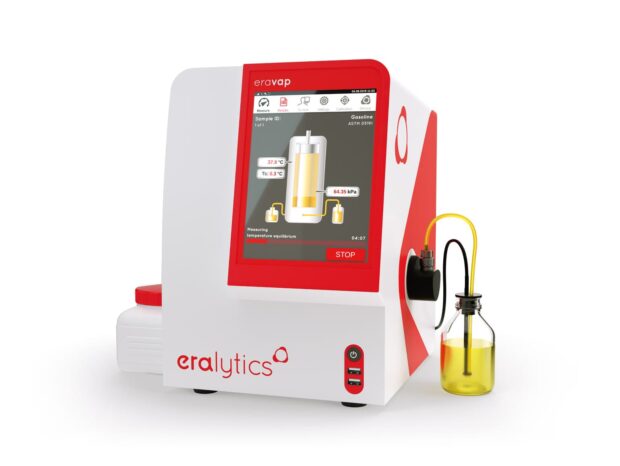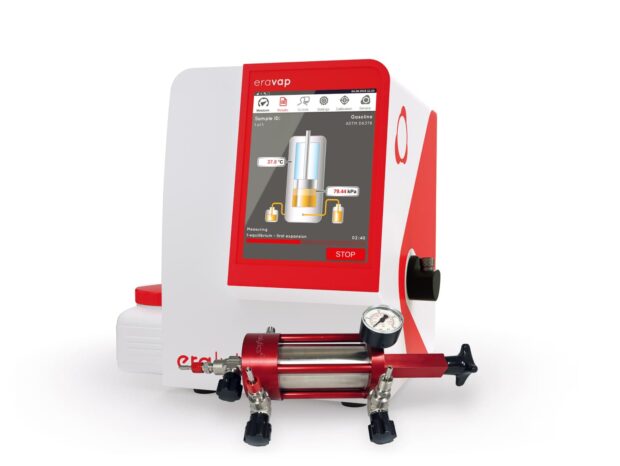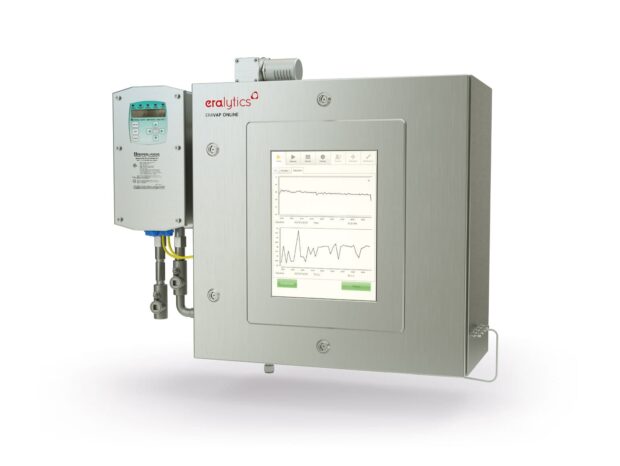Standard Test Method for Vapor-Liquid Ratio Temperature Determination of Fuels (Evacuated Chamber and Piston Based Method).
Get more information about the standard at ASTM D5188-23.
ASTM D5188 establishes a procedure for determining the temperature at which the vapor-to-liquid ratio (V/L) of fuels reaches 20:1. This characteristic is essential for understanding fuel volatility and its behavior during storage, handling, and engine operation. Ensuring compliance with this standard helps maintain fuel safety, optimize engine performance, and meet regulatory requirements.
Details
The ASTM D5188 test method focuses on determining the temperature at which the V/L ratio equals 20:1. This ratio is a critical parameter for predicting the evaporation characteristics of fuels, particularly under warm conditions or in high-altitude environments.
The standard applies to gasoline, gasoline-oxygenate blends, and other volatile fuels. Key benefits of this method include its precision, reproducibility, and ability to simulate real-world fuel behavior. The data derived from ASTM D5188 is critical for assessing fuel safety (e.g., risk of vapor lock), storage stability, and compliance with volatility regulations.
Industries & Applications
ASTM D5188 is widely used in a variety of industries, including:
- Petroleum refining: Refineries use this standard to assess and control fuel volatility during production and blending
- Automotive industry: Ensures fuels meet performance requirements for modern internal combustion engines
- Fuel distribution and storage: Helps ensure fuel stability and safety during transportation and storage, particularly in regions with high temperatures
- Environmental agencies: Regulatory bodies monitor fuel volatility to reduce evaporative emissions and meet environmental standards
- Aviation and aerospace: Applied to evaluate aviation fuels, ensuring proper performance in varying atmospheric conditions



